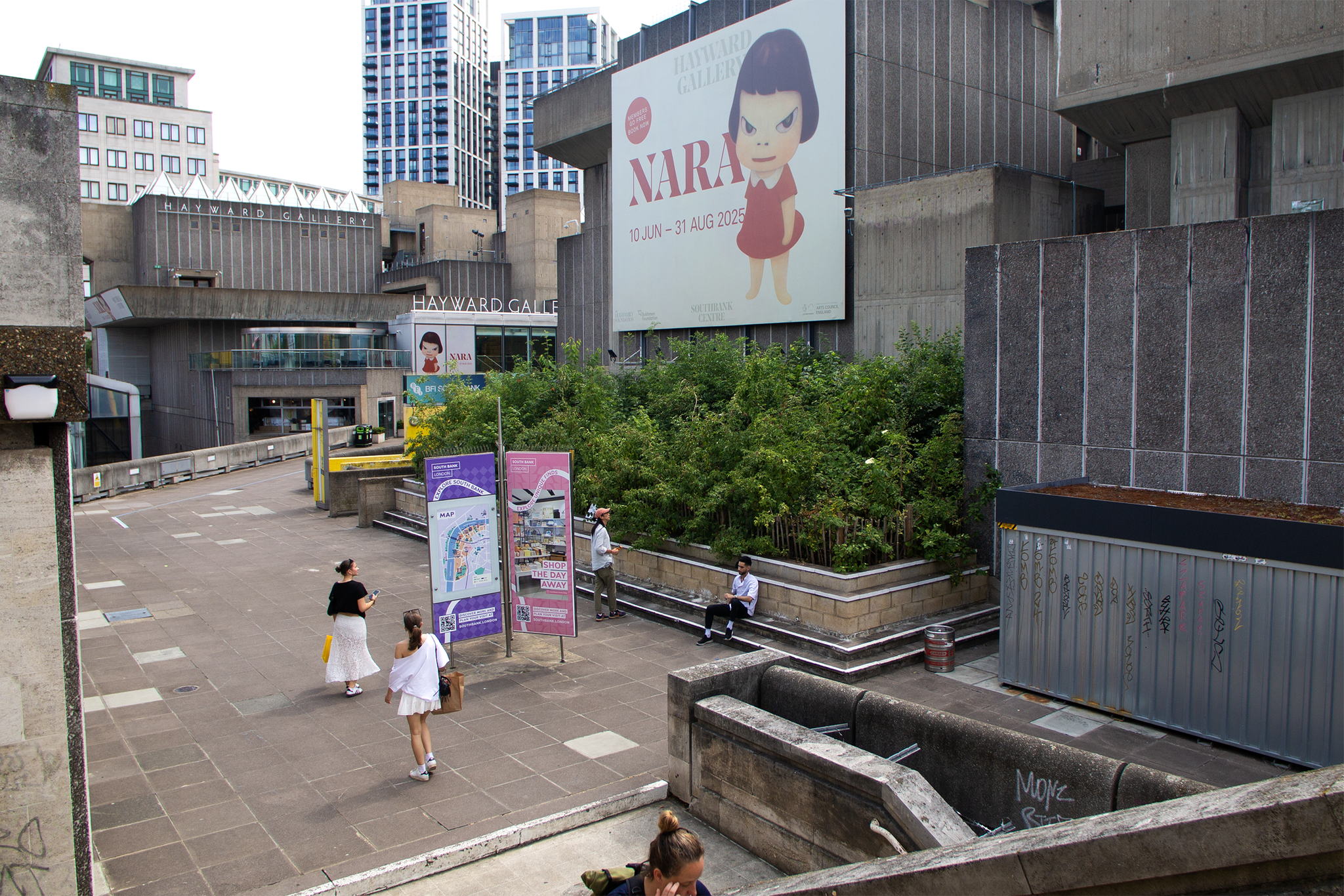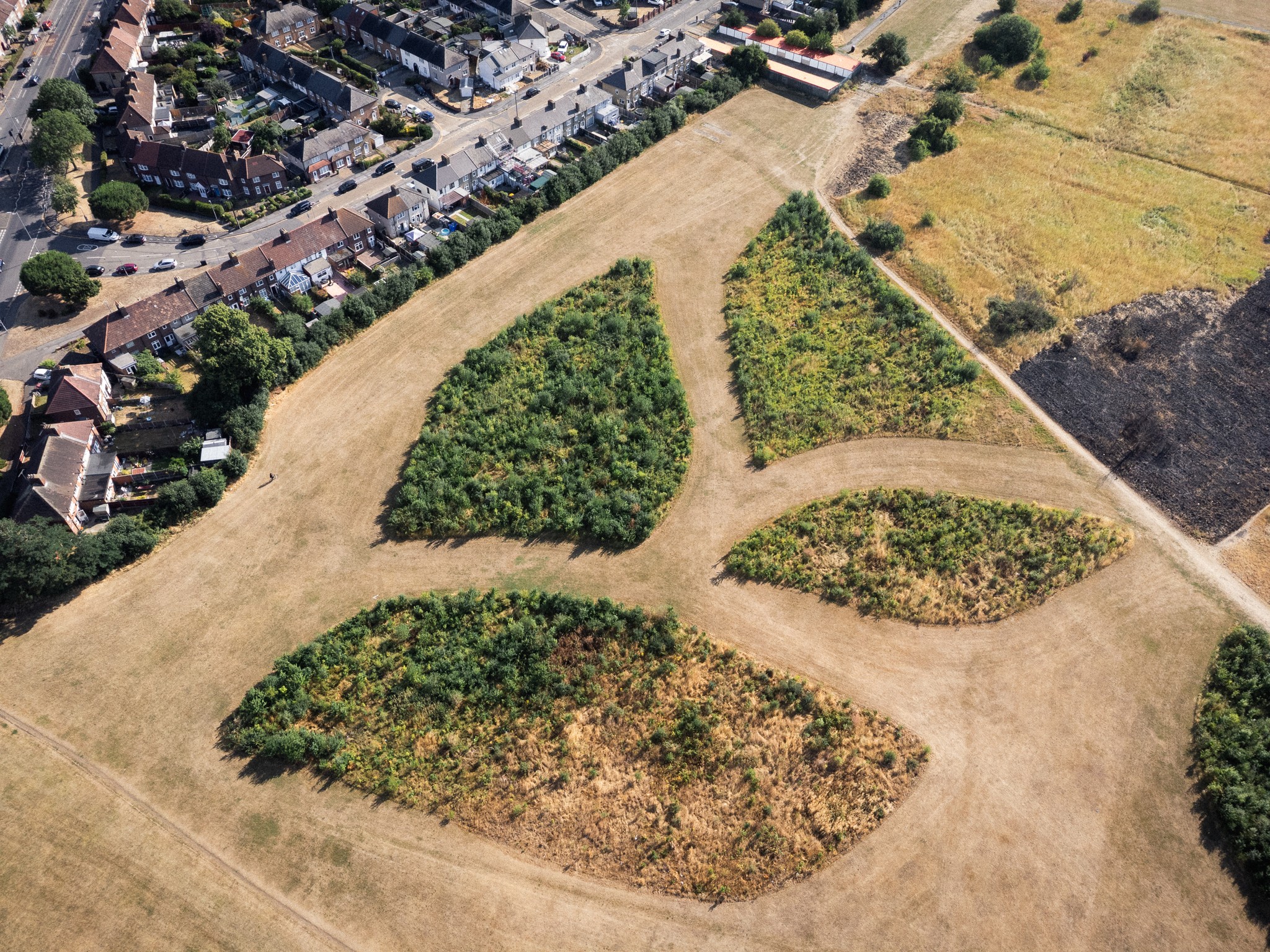Growing Proof: Testing the Miyawaki Method for Urban Tree Success in the UK
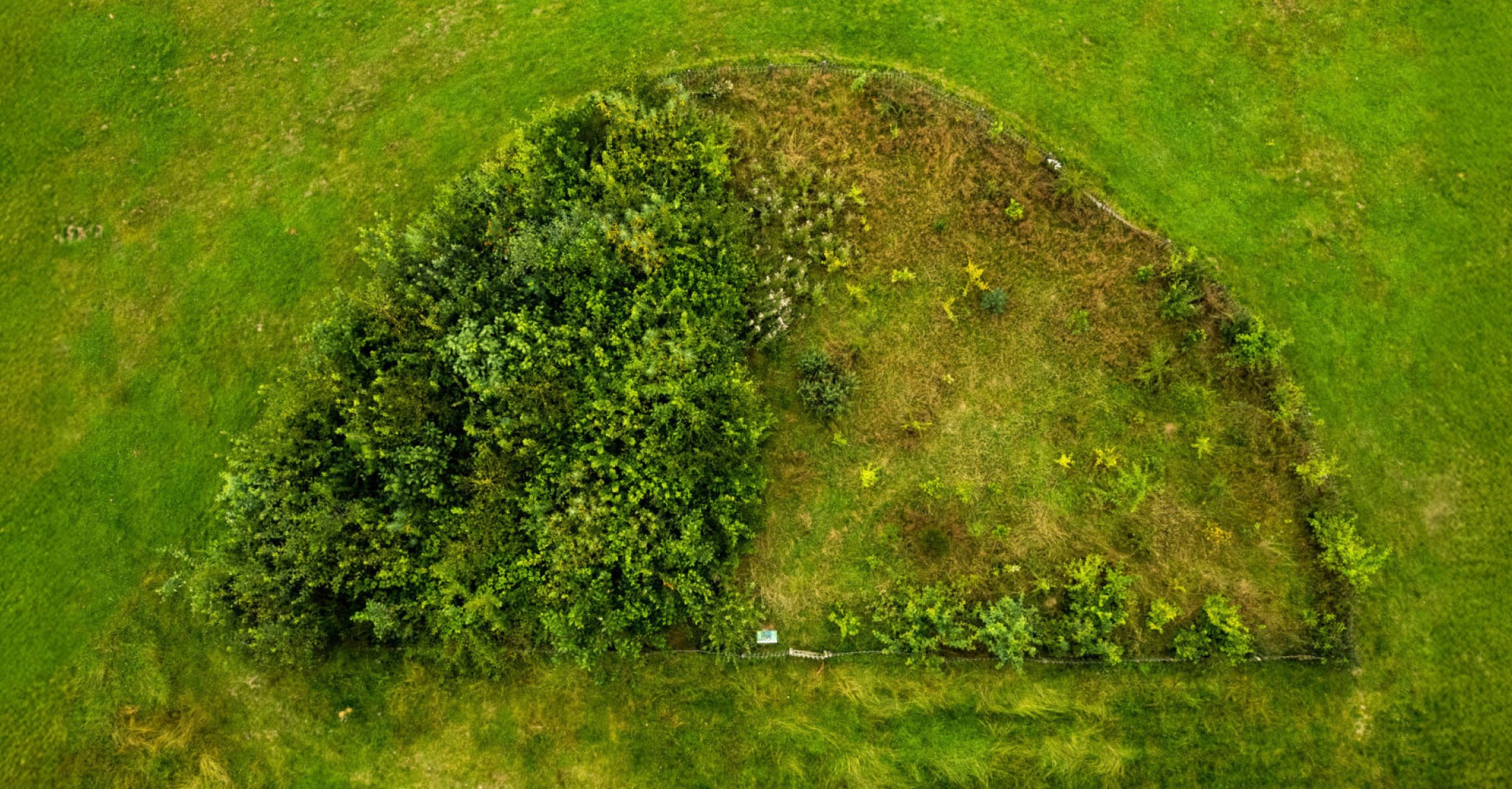
Since October 2020, the Trees Outside Woodlands project, a £4.8 million, five-year programme funded by HM Government’s Shared Outcomes Fund, has explored innovative approaches to tree planting. Delivered in partnership with The Tree Council, Natural England, Defra, and five local authorities, the project aims to rewild civic space and expand tree cover, particularly in challenging urban environments.
Recognising the challenges of urban tree establishment—such as vandalism, poor soils, limited maintenance resources, and extreme weather— the project sought to test alternative planting methods to improve survival rates and long-term benefits. The Miyawaki method, used to create SUGi Pocket Forests, became central to their exploration due to its success in restoring urban ecosystems.
The Miyawaki method is a dense planting technique originating in Japan that has gained momentum worldwide. SUGi has planted 245 pocket forests across 52 cities on 6 continents. Known for establishing fast-growing pocket forests in small urban spaces, the Miyawaki method offers a nature-based solution to overcome urban planting barriers.
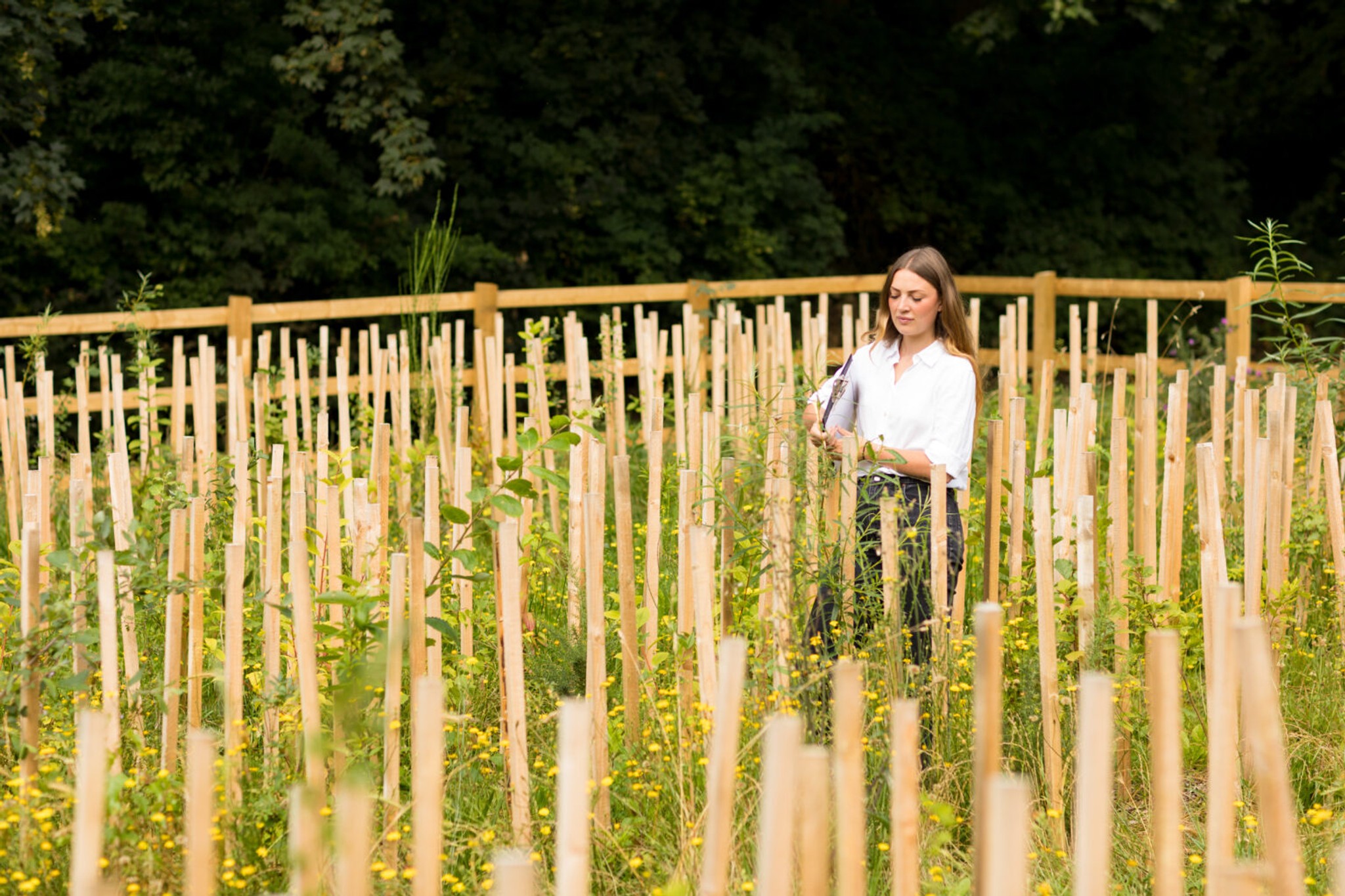
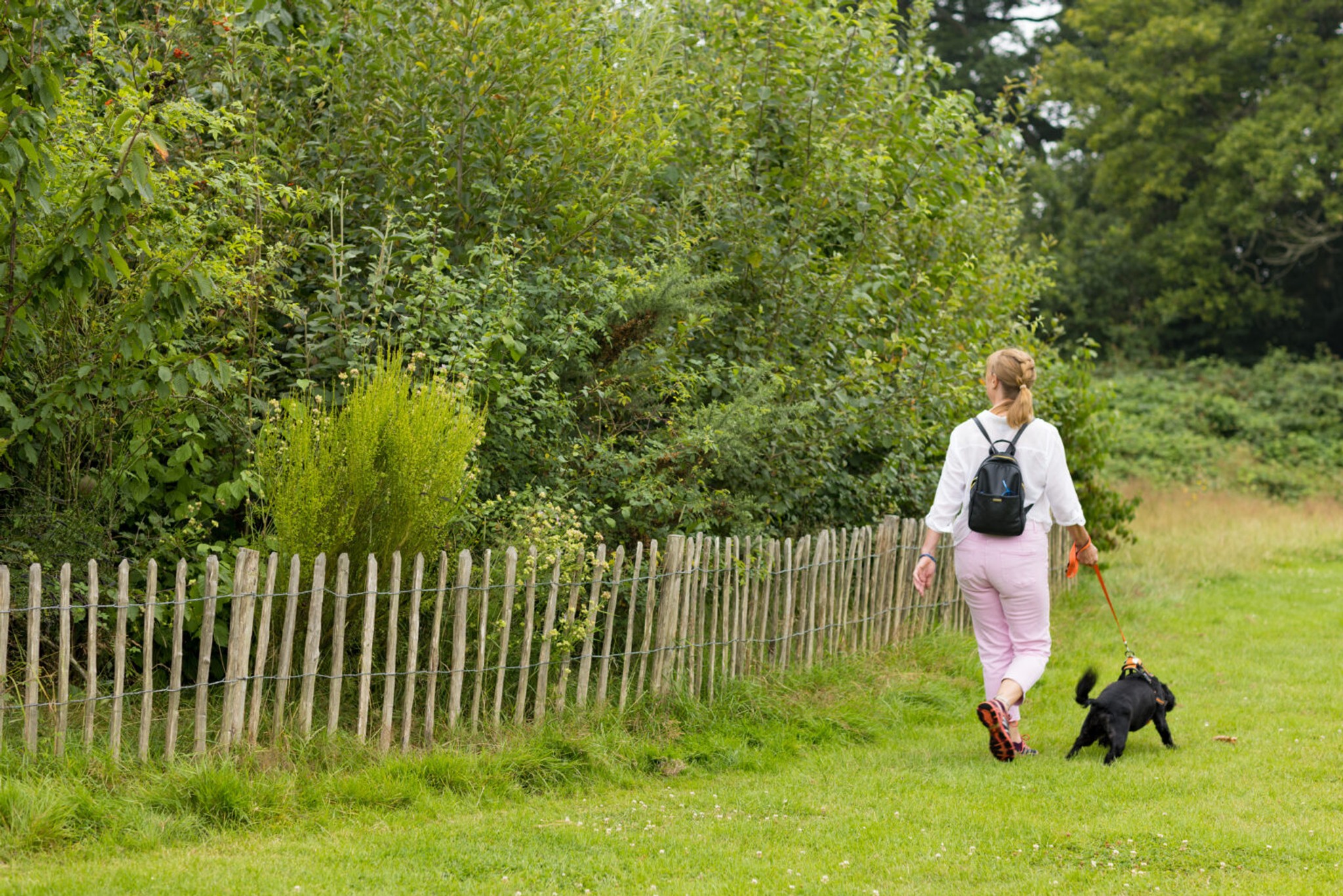
Through the Trees Outside Woodlands project, the UK consortium began piloting the Miyawaki method to assess its feasibility and cost-effectiveness in the UK context. Their goal was to determine whether this approach could reliably establish resilient urban trees, enhance ecosystem services, and contribute to scalable models for green infrastructure and urban biodiversity. With several years of monitoring data, it’s clear from early results that the answer is yes.
Sixteen experimental plots were paired with standard planting controls across four local authorities. After three and a half years, the Miyawaki plots showed a 79% average survival rate, compared to just 47% in control plots—even during a drought in 2022. Moreover, while the method initially costs more due to higher tree densities, on a per‑surviving‑tree basis, it proved far more cost‑effective, roughly £10 per surviving tree versus £50 using standard planting. The surviving Miyawaki trees flourished into dense thickets of early successional woodland, with some reaching nearly 15 ft tall.
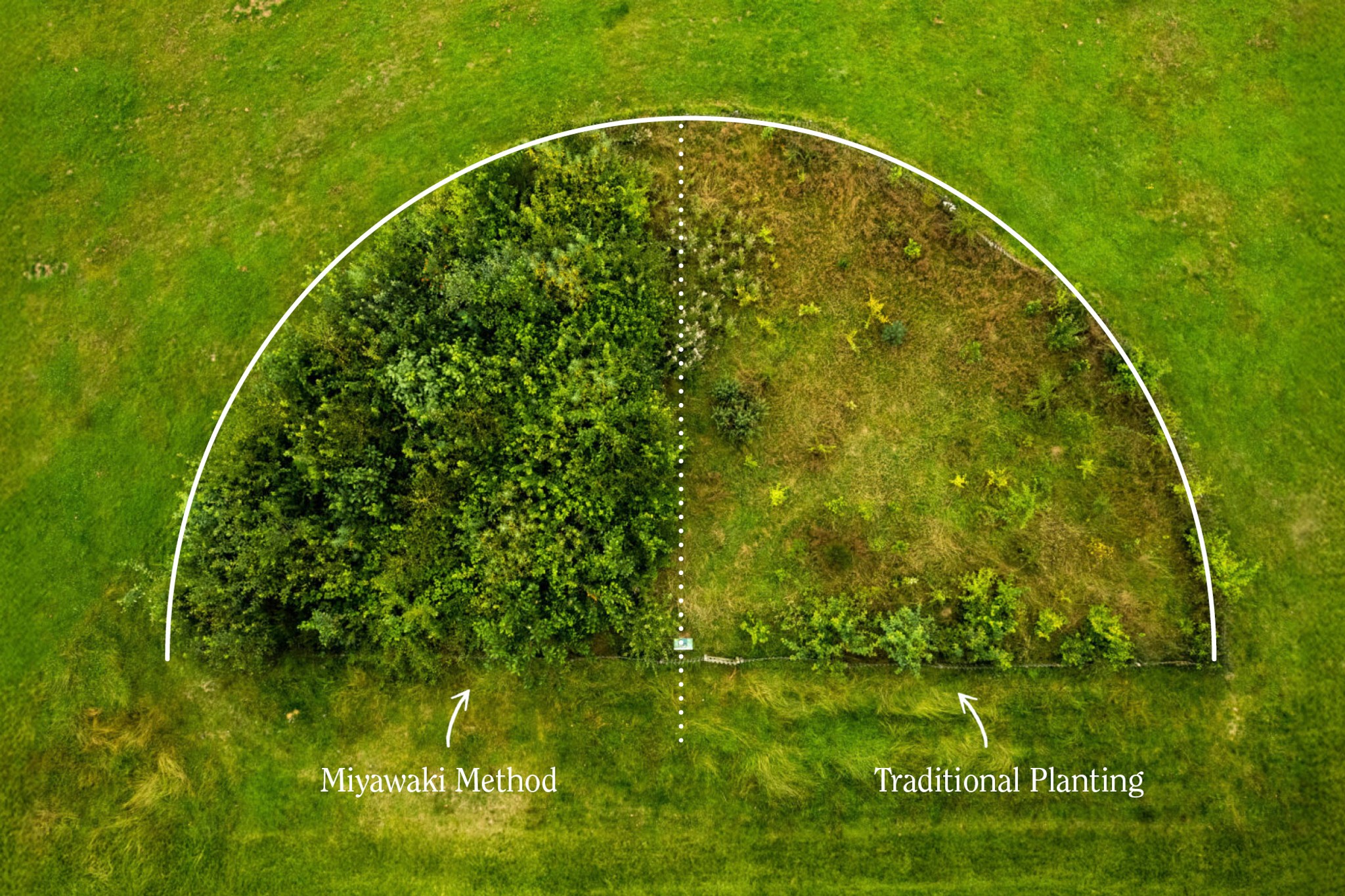
This impact is consistent with SUGi’s own science-based assessment of an 87.4% survival rate. It also aligns with SUGi’s experience in the UK, where 26 pocket forests are flourishing across London and several others in Bristol, Wiltshire, and Cornwall. The evolving UK evidence on the Miyawaki pocket forest technique, combined with the SUGi Pocket Forest impact assessments, demonstrates how pocket forest planting offers practical nature-based solutions for cities. Urban pocket forests certainly provide strong empirical evidence of the best way to advance green infrastructure goals, enable meaningful ecosystem restoration, and cultivate vibrant ecosystems right within communities.
These empirical trials underscore how a dense forest planting method, when adapted for urban settings, can be a scalable and robust strategy for green infrastructure, ecosystem restoration in urban areas, and long‑term urban biodiversity projects. Miyawaki pocket forests:
- Act as carbon sinks
- Reduce urban heat island effects
- Serve as green infrastructure that softens landscapes and restores habitat
- Encourage the public to reconnect with nature, supporting mental well‑being and civic rewilding efforts
SUGi’s community-led forests offer visitors the chance to witness remarkable biodiversity right in the heart of cities, including queen bees, hoverflies, foxes, caterpillars, seedlings sprouting, fungi appearing, squirrels, and birds foraging. This vibrant ecological renewal within dense, mini‑ecosystems all adds to the shift in momentum from single tree-planting schemes, which are often monoculture programs that do more harm than good, to the Miyawaki concept of dense forest planting to deliver maximum biodiversity and ecosystem renewal.
The new UK study shows urban pocket forests are both cost‑effective and highly survivable, even in challenging conditions. Small-scale nature insertion really does yield outsized benefits. Here’s a link to the full report: Urban Tree Establishment: A Trees Outside Woodlands project report, July 2024

